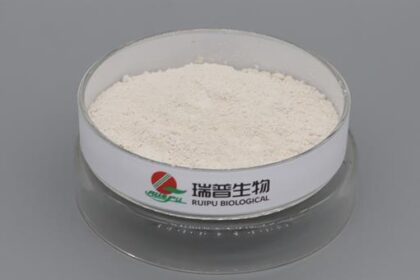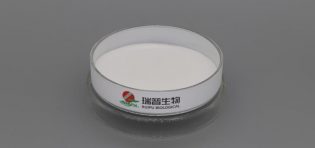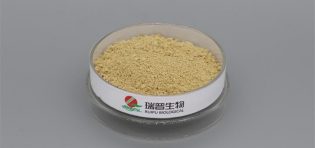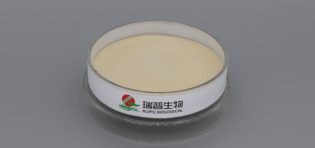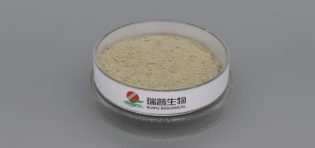
The appearance is the first checkpoint for accepting magnesium oxide, including indicators such as color, shape, and looseness. High-quality magnesium oxide should be white or similar to white, with regular granules or block shapes, and the looseness should be within the standard range.
Purity is one of the important indicators for evaluating the quality of magnesium oxide. The higher the purity, the better the performance and applications of magnesium oxide typically are. Common purity classifications of magnesium oxide include industrial grade, metallurgical grade, optical grade, and biological grade, among others. Metallurgical grade magnesium oxide mainly consists of MgO with small amounts of impurities such as CaO, SiO2, Fe2O3, etc. Purity can be determined through chemical analysis methods such as colorimetry, titration, chemical separation, or instrument analysis techniques such as X-ray diffraction and infrared spectroscopy.
Particle size has a significant impact on the quality and applications of magnesium oxide. Generally, the smaller the particle size, the larger the surface area, and potentially better performance. Particle size can be determined through methods such as sieving and laser particle size analysis. Different application areas have different requirements for the particle size of magnesium oxide. For example, magnesium oxide used in ceramics and coatings requires smaller particle sizes, while magnesium oxide used in flame retardants and high-temperature insulation materials requires larger particle sizes.
In addition to appearance, purity, and particle size, the content of other chemical components in magnesium oxide, such as impurity content, should also be considered. The content of these chemical components should comply with relevant national standards and not exceed the specified limits.
Physical properties are also important indicators for judging the quality of magnesium oxide, such as specific surface area and sedimentation value. These indicators should comply with relevant national standards and not be lower than the requirements specified in the contract.
Choosing reputable manufacturers or brands with good credibility can often increase the chance of purchasing high-quality magnesium oxide. These manufacturers typically adhere to high standards of production processes and quality control to ensure the quality and consistency of their products.
Inquire whether the manufacturer can provide relevant product test reports, including purity, impurity content, and other quality indicators of magnesium oxide. By reviewing the test reports, a better understanding of the product's quality can be obtained.
Judging the quality of magnesium oxide requires comprehensive consideration of purity, particle size, appearance, chemical composition, physical properties, manufacturer reputation, and test reports. Based on specific application requirements, corresponding acceptance criteria can be established to ensure the purchase of high-quality magnesium oxide products.



